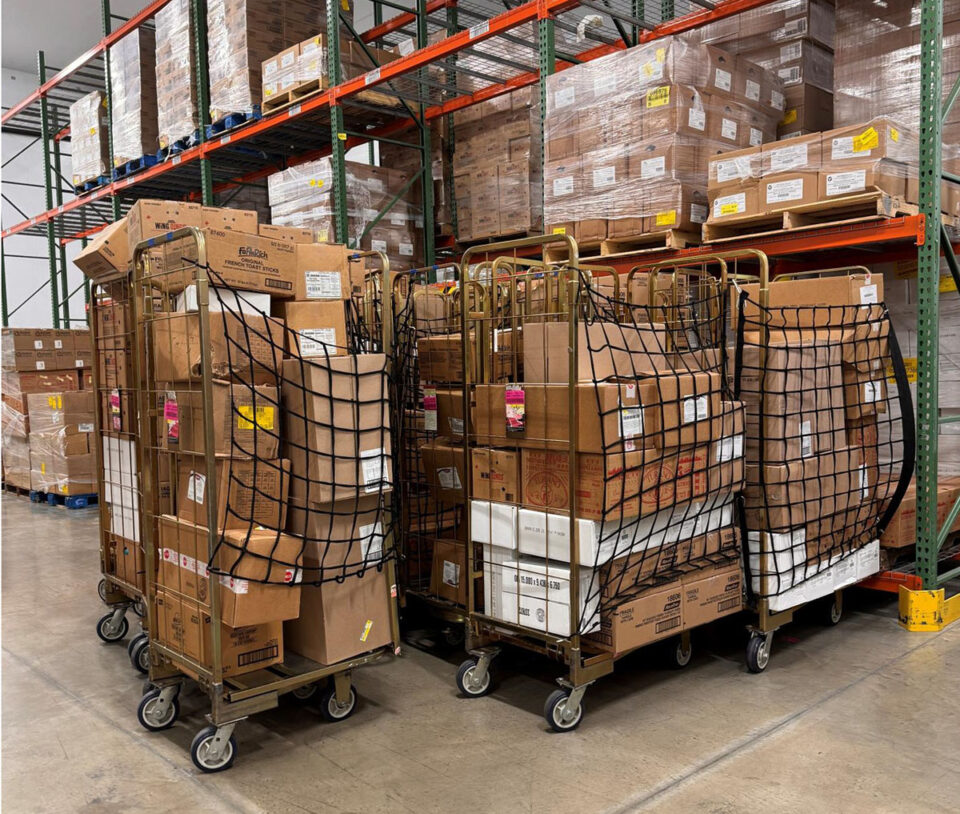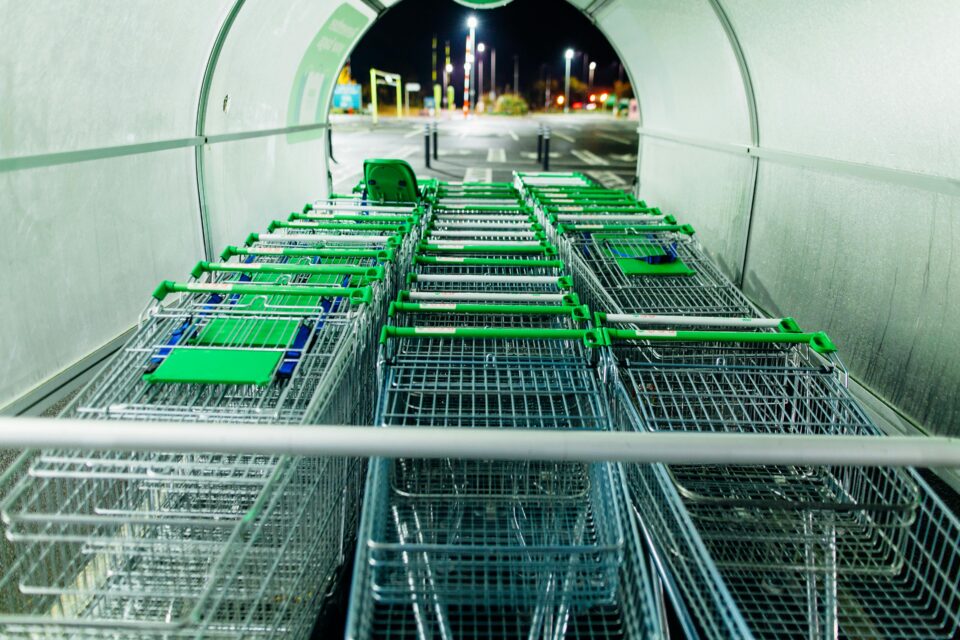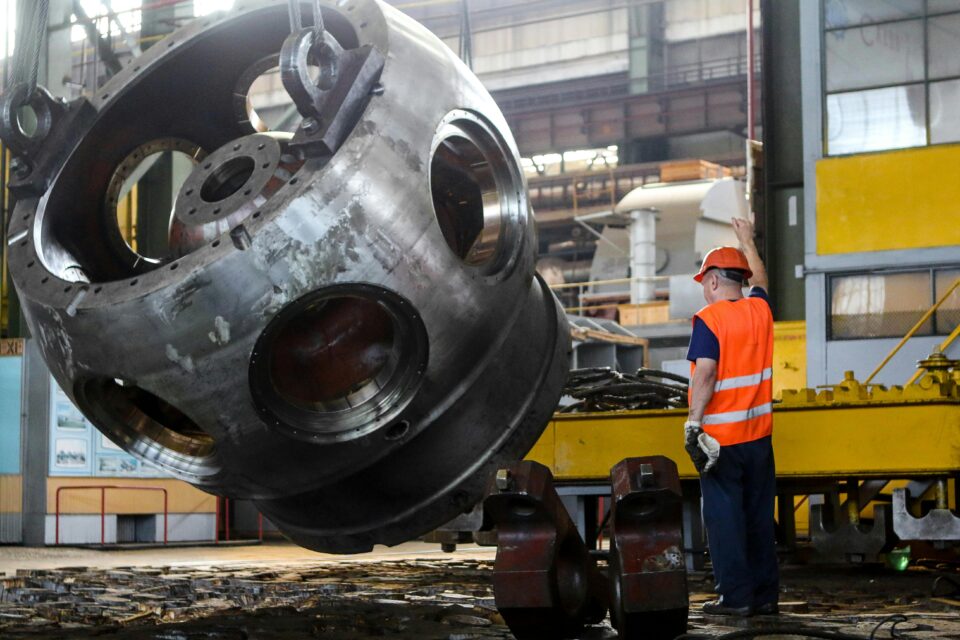In the world of logistics and materials handling, the choice between material handling carts and pallets for transporting products is a critical decision that can significantly impact efficiency, safety, and overall operational effectiveness. This case study will explore the advantages of using material handling carts over pallets in various scenarios.
- Enhanced Versatility and Customization: Material handling carts are highly versatile and can be customized to suit specific product shapes, sizes, and weights. This adaptability allows for the efficient movement of a wide range of products, from small, delicate items to larger, irregularly shaped goods. Pallets, on the other hand, have standard dimensions and may not accommodate products with unique requirements.
- Improved Ergonomics and Reduced Physical Strain: Material handling carts are designed with ergonomic considerations in mind. They often feature adjustable handles, height settings, and easy maneuverability. This design minimizes the risk of physical strain and injury among workers. In contrast, using pallets may require more manual effort, which can lead to musculoskeletal issues and increased labor costs.
- Enhanced Safety: Material handling carts are generally more stable and secure than pallets. They have features like locking wheels, built-in restraints, and dedicated storage for items. This improves product safety during transport, reducing the risk of damage, breakage, or accidents. Pallets are prone to tipping over and may not secure products as effectively.
- Increased Efficiency and Speed: Material handling carts can be designed for specific workflows and are often equipped with features like shelves, dividers, and bins, which facilitate organized storage and transportation. This efficiency can lead to faster handling and movement of products compared to pallets, which may require more time for loading and unloading.
- Reduced Floor Space Requirements: Material handling carts can be more space-efficient than pallets. They can be maneuvered into tight spaces, stacked more efficiently, and can be designed to fit through narrow aisles. This space optimization can lead to cost savings in storage and transportation.
- Improved Product Visibility: Material handling carts can have open or transparent sides, which allows for easy visibility of the products being transported. This can be crucial for quality control, inventory management, and quickly identifying any issues or discrepancies.
- Customized for Automation: Material handling carts can be integrated with automation systems, such as conveyor belts and robotics, to streamline the movement of products. Pallets may require additional modifications to work seamlessly with automation, which can be costly and time-consuming.
While pallets have been a staple in materials handling for decades, material handling carts offer a range of advantages that can improve efficiency, safety, and overall logistics operations. The choice between the two should be based on the specific needs of the organization and the products being handled. Material handling carts are particularly valuable when customization, ergonomics, safety, efficiency, space optimization, product visibility, and automation integration are essential considerations in product transportation.



